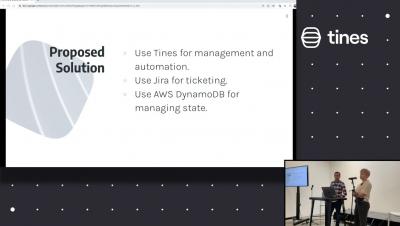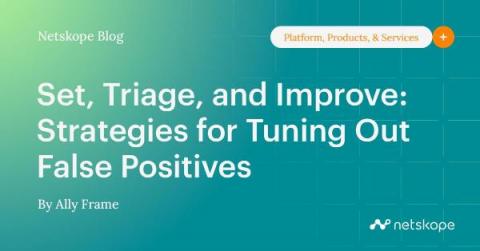Security | Threat Detection | Cyberattacks | DevSecOps | Compliance
Alerting
Future of Security Operations: Unifying & Scaling our Security Alert System Using Tines
Understanding alert overload part 2: How no-code automation can transform your security team
In a previous post, we discussed how alert overload can cripple security teams and prevent them from effectively detecting and responding to threats. In this post, we explore how no-code automation can help reduce the burden of alerts while providing the visibility and connectivity your organization requires. It's critical to have robust security solutions that not only help you detect but also block serious attacks before they cause any damage.
Understanding alert overload part 1: Why security teams are drowning in disconnected data
In cybersecurity, it's easy to feel like your successes don't matter. After all, if things go wrong and a failure happens, that’s a lot more likely to make front-page news. Media coverage of high-profile breaches is growing, even for companies that have invested heavily to build up their security programs. Security breaches are never fun, but they're even less enjoyable when you know that your company could have done something about it.
Prioritize Alerts and Findings with Sysdig Secure
If you work in Security or Operations, you are surely familiar with the concept of “alert fatigue.” Alert fatigue Syndrome is the feeling of becoming desensitized to alerts, causing you to potentially ignore or minimize risks and harming your capability to respond adequately to potential security threats.
Set, Triage, and Improve: Strategies for Tuning Out False Positives
As a security analyst in a growing company, it is often easy to get into the “set it and forget it” mentality. You create one alert after another. Then another. And another. With each alert comes a certain amount of work for an analyst. Analyst time costs money, and some alerts consume more time than others. If most of the alerts result in false positives, a large amount of resources are being spent unnecessarily.
Part2 | Digital Transformation with AIOps | Shailesh Manjrekar | CloudFabrix
Digital Transformation with AIOps | Shailesh Manjrekar | CloudFabrix
How to reduce alert overload in cybersecurity
Cyberattacks cost businesses trillions of dollars every year in lost productivity, lost business, and legal penalties. So companies try to solve the problem by signing up for as many WAFs, NIDS, and bolt-on bot bundlers as they think they need. But while these systems can help stop cyberattacks, they also cause another problem: alert overload. Alert overload happens when your security team is inundated with notifications about possible threats to your system.











